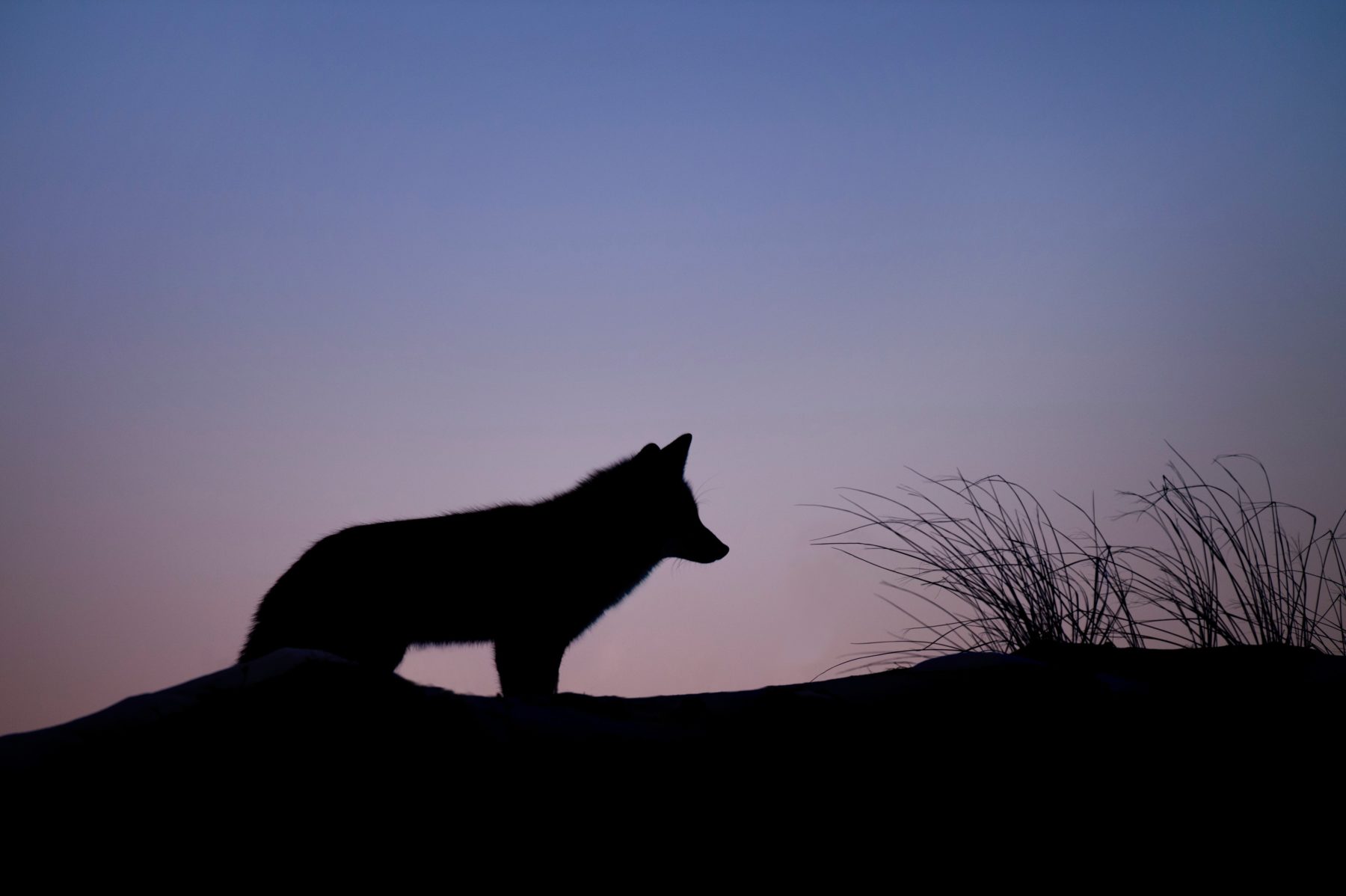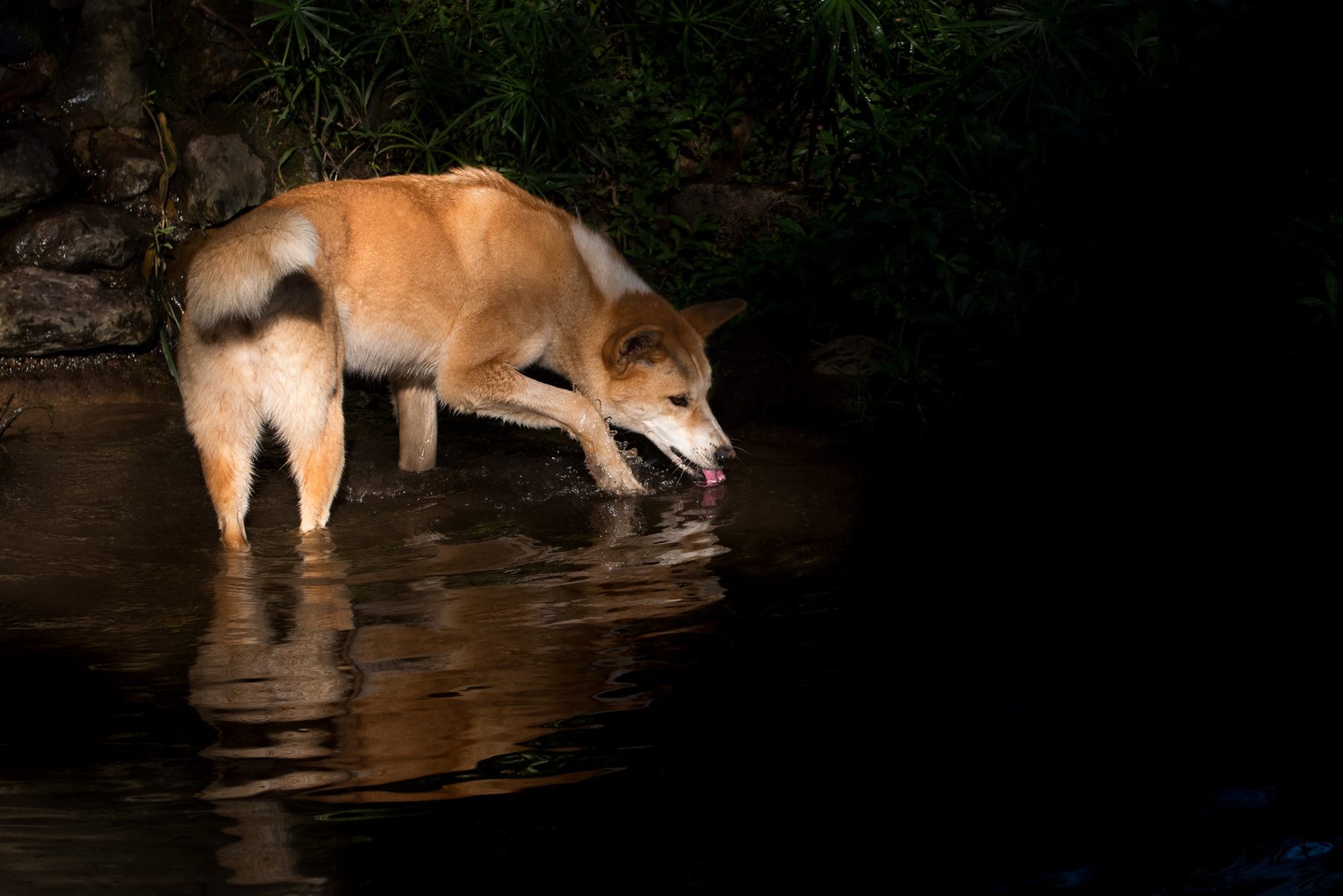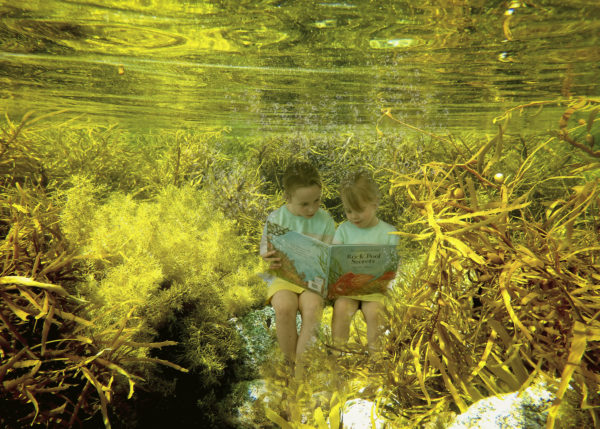Since Europeans arrived in Australia, at least 34 native mammal species have become extinct.
That is more than in any other country in the world during the same time period and it is continuing unabated.
“Most of Australia’s mammals are unique. They are an integral part of our identity as a nation and critically important ecologically. If they become extinct they are lost to humanity forever,” says Dr Euan Ritchie, Associate Professor of Wildlife Ecology, School of Life and Environmental Sciences.
“There are a number of reasons native mammals are becoming extinct. These include habitat destruction and modification, invasive species such as foxes and feral cats, and changing fire regimes.
“To date, a lot of conservation and pest species management has been targeted at a single threat and doesn’t look at the big picture.
“We have relied on poisoning and shooting to control pest species, such as foxes, but it is clear that this has not always been very effective.

“We need an integrated approach that takes into consideration all the potential interactions between species and how that works at an ecosystem level.”
Dr Ritchie has been working with the Department of Environment, Land, Water and Planning, and Parks Victoria to help inform management of pest species, particularly feral cats and foxes.
He and his fellow collaborators have proposed a novel idea based on the strategic use of fire regimes and dingoes to save our small native mammals from extinction.
“Ecological systems are complex and we are now using sophisticated statistical modeling to determine how they operate and examine the consequences of particular management actions.
“It is challenging because it requires a lot of data on all the individual species and other factors (e.g. fire) within a system, but once you have this information you can model different scenarios related to conservation and management goals.”
Dr Ritchie and his team, including former honours and now PhD student Billy Geary, and Associate Professor Dale Nimmo at Charles Sturt University, looked at the distribution of dingoes and foxes and two species of native rodents using camera traps in 21 different landscapes of the Big Desert Wyperfeld region of Victoria.
They were able to create statistical models of the environmental factors that influence foxes and dingoes and look at potential interactions.
“Fire management is critical because fire promotes grass growth, which attracts some native mammals such as kangaroos, but also potentially exposes others to higher predation risk because there’s less cover.
“A native hopping mouse or a bandicoot might manage to survive a fire but then has fewer places to hide from hungry cats and foxes.
“Our modeling shows that the presence of a larger predator, such as the dingo, in a recently burnt area in the Mallee might make foxes more cautious because they are also at risk while out in the open,” says Ritchie.
Aside from humans, the dingo is the largest, land-based predator in Australia and before Europeans arrived dingoes occupied the whole of the mainland.

Within Victoria, they are now largely restricted to the Alpine, Gippsland and Mallee regions because of habitat loss and, predominantly, direct lethal control to protect livestock.
Dingoes are the main predator of grey kangaroos and feral goats in Victoria, which are now overabundant in many regions, and can cause severe overgrazing of native vegetation.
Dr Ritchie’s models suggest that recently burnt areas are preferentially used by dingoes, probably to hunt kangaroos that are attracted by the new plant growth, and the presence of the dingoes could deter foxes from entering the area and in turn hunting smaller native animals.
“The next, crucial step is to test our model with an experiment. We could burn areas where dingoes are present or nearby, and in areas where they are absent, and see the impact on foxes and native wildlife,’ says Ritchie.
“Once the experiment is completed, and if we determine our model is correct, we would also need to work with farmers to ensure that they are able to protect their livestock from dingoes in ways that are not lethal, for example, using guardian dogs and fencing.
“Bringing dingoes back into some Victorian landscapes to help control foxes, kangaroos, feral goats, and potentially feral cats, pigs and deer, is certainly a bold and challenging idea, but it just might work!”



